An eerie magic imbues the land of Oaxaca, with ancient languages and shamanic rituals carved into the mountains, riddles residing in the wizened agave, memory ground into the masa cooking over the comal. And for Ivan Vasquez, this once was home.
Traveling through this alluring Mexican region with restaurateur Vasquez, owner of Madre! Oaxacan Restaurant and Mezcaleria in Torrance and Palms, California, is like peeling back layers of titles and assumptions, flicking on one light switch after another and revealing a man deeply affected by his past. But one whose passion for his heritage and family became the vehicle for his success. This is a tale of love, fateful choices, and family secrets.
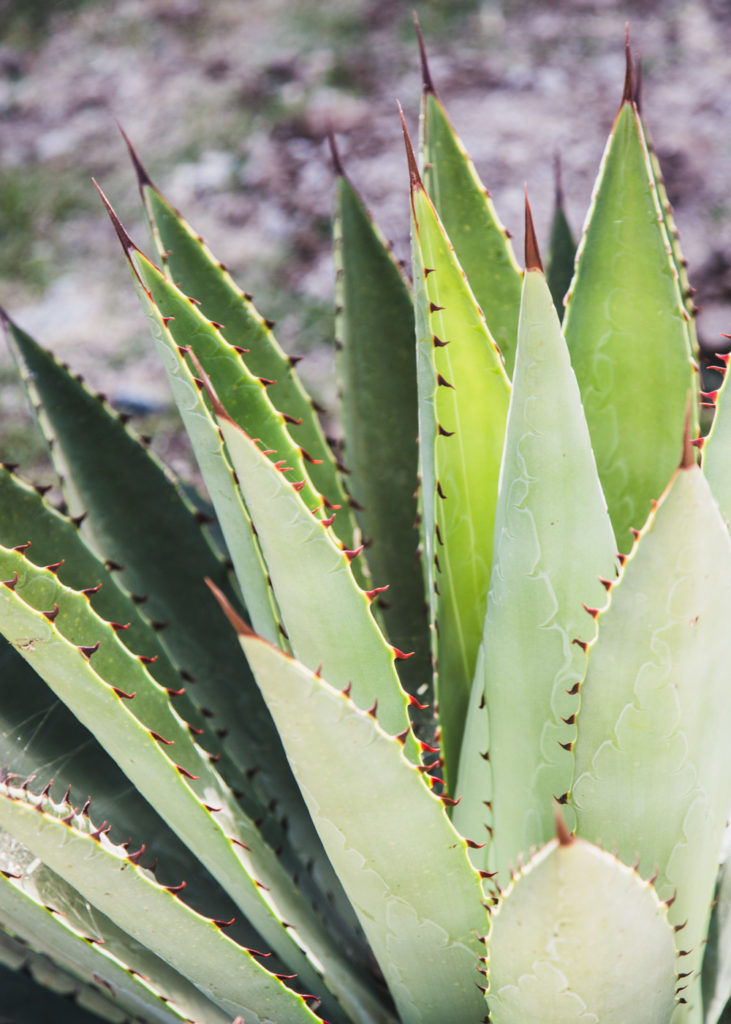

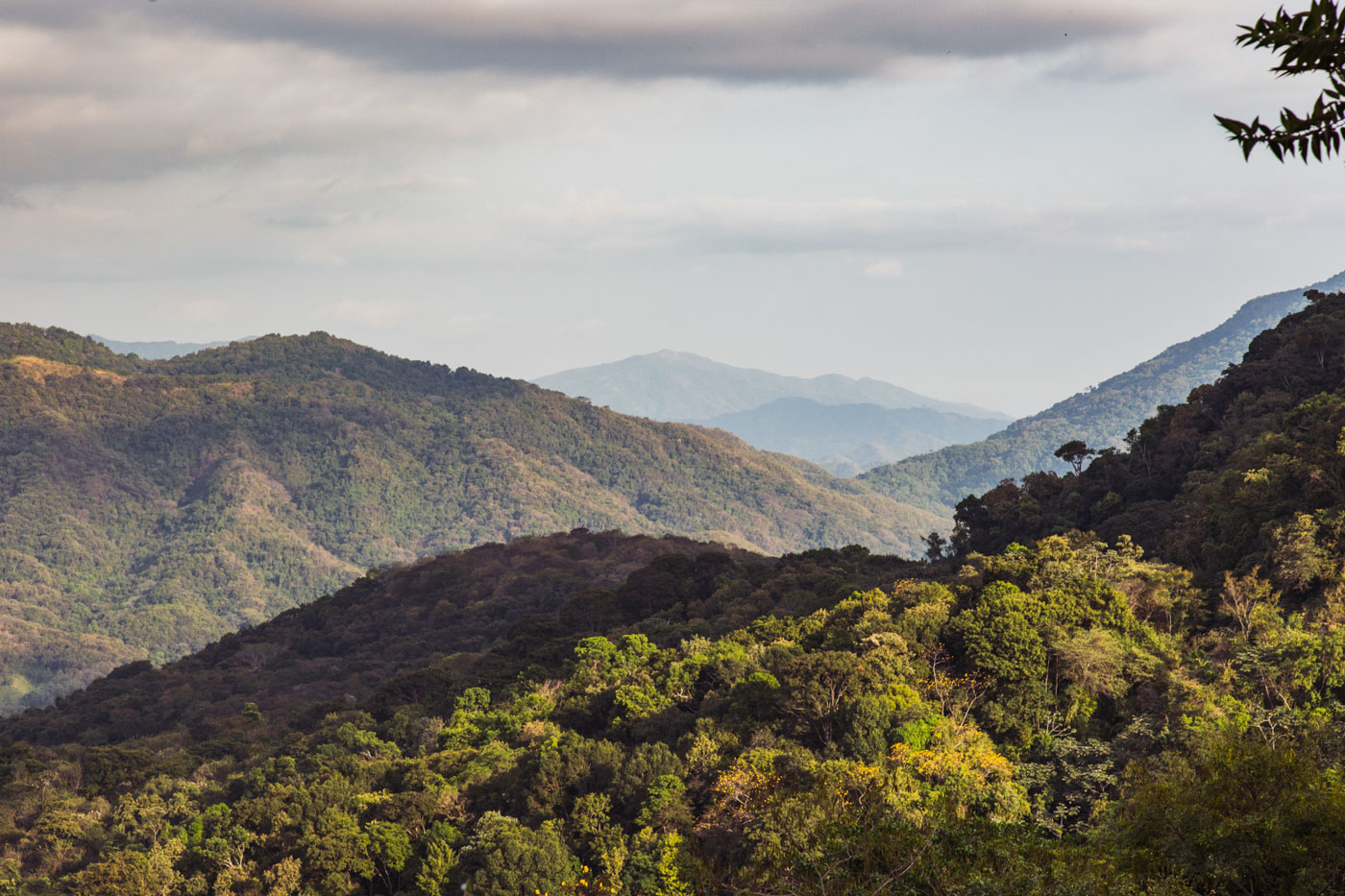
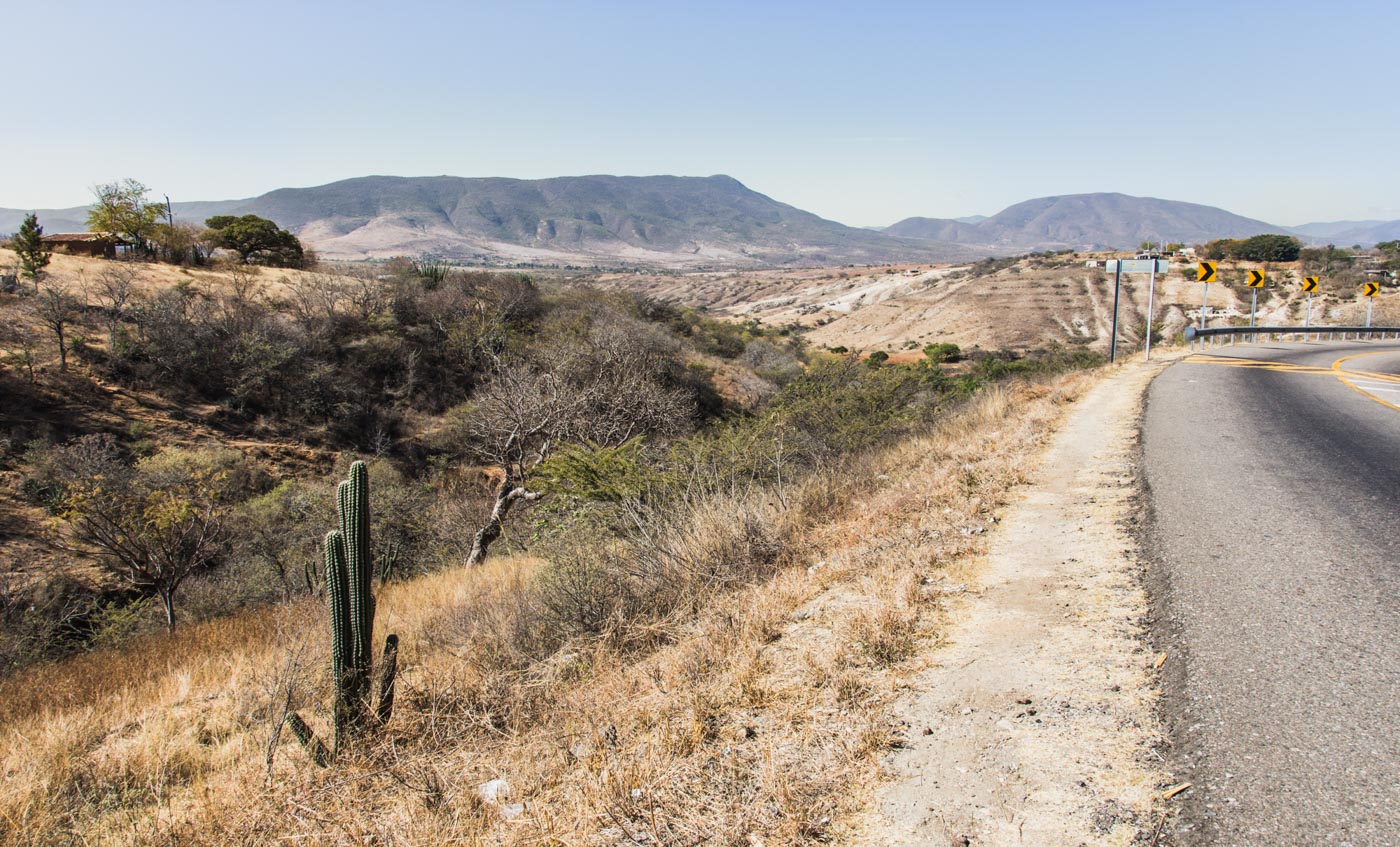
…
Squinting into the darkness, the two-lane road snaking ahead of us appears only in the soft flood of our headlights. The going is slow and deliberate. We’re zig-zagging through a forest, making the stooped heads of those sleeping in the van loll side to side. Every few miles the light grazes the angular outline of a cross planted on the shoulder, decorated with flowers. Although we can’t see through the black trees and the empty night, a few feet to our right lies a steep, unprotected incline.
Vasquez sits in the front passenger seat next to Tommy, his cousin and our driver for the trip. They point into the darkness, murmuring about the familiar landscape. Tommy turns the headlights off and for a brief, terrifying moment we careen through the shadows on an uncertain path. They’re reminiscing about a pilgrimage they both undertook as children, a journey that changed the course of Vasquez’s life.
It was in these mountains of Oaxaca that a teenage Vasquez made the decision to come to the United States. Vasquez tells me of Juquila, the Virgin of Oaxaca, and the pilgrimage through the Sierra Madre del Sur to the town of Santa Catarina Juquila to pray at her shrine. Thousands attempt the perilous route each year by bicycle or by foot. And at thirteen, Vasquez made his first trek.
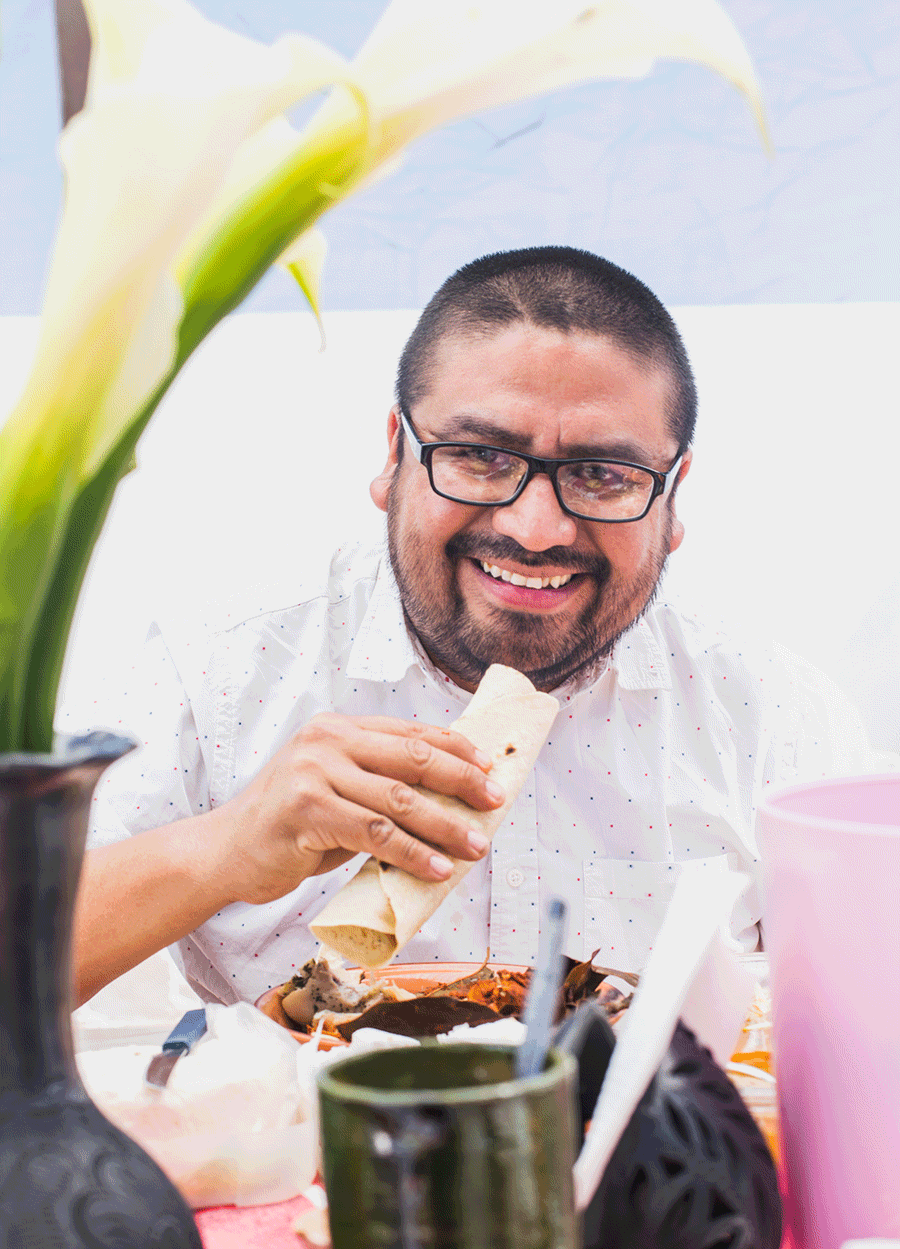
Starting at three a.m., Vasquez embarked on the twenty-two hour bike ride. “Everything was okay during the day,” he recounts. “It was intense, but I was ready for it. Until the night came.” His experienced uncle and cousins pulled far ahead of him, leaving him alone in the cold December darkness with nothing but a flashlight. He began questioning the purpose of the trip, inflating the danger in his mind, imagining wild animals pouncing at him out of the trees. He believed he wouldn’t survive, but somehow kept pumping the pedals. Finding that strength to continue and finally arriving at his destination gave Vasquez new confidence. “That’s when I met myself,” he says. “That’s when I discovered I’m ready for something else.”
Vasquez’s life was unraveling around him. His father drank himself out of a job and he would go missing for days while on benders living on the street. His mother could barely keep their family together, and verged on losing the house. Driven by the need to support his family, Vasquez crossed the border at the age of sixteen. After his epiphany on the road to Juquila he was prepared to weather the hardships ahead. “That was a message,” he explains. “It showed me that I shouldn’t be afraid. That gave me the strength to keep going.” What he didn’t realize was he wouldn’t see his beloved home country or his family for another ten years.
Vasquez does not disguise his emotions. Voice wavering, he explains the difficulty of leaving his family behind to an uncertain fate. The first holiday away from his mother proved the hardest. “I remember my first Christmas,” he says. “I was just looking at the sky at night time eating a cheese bread from Ralphs and [drinking] Coca-Cola. That was everything that I had. I remember that I didn’t even call my family because it was going to break my heart.”
Vasquez worked tirelessly to send money home. He put himself through school, he learned English, he got working papers. He paid off his family’s debts, he saved their house. He climbed the ranks in the restaurant industry to become regional manager of a Baja Fresh. Ten long years had passed when he finally received his green card. Vasquez jumped on a plane within the week. On his return to Oaxaca his mother presented him with a heaping plate of homemade food.

…
The region of Oaxaca spreads across a wide section of southeastern Mexico covering a staggering variety of terrain, from arid grasslands and foggy forests to rugged coast. Tantalizing food is everywhere, and Vasquez a worthy ambassador. His contagious curiosity makes every culinary experience feel like finding the pot of gold at the end of the rainbow. He’s clearly making up for lost time.
From bustling mercados to street vendors and roadside stands we sampled our way across a spectrum of flavor. At Mercado Merced we tasted pulque, the sweet and gently fermented agave drink, smelling slightly like overripe pineapple, and the color and texture of whey. From a vendor learning to sell alongside her ancient grandmother, we devoured a mole amarillo empanada, a saucy chicken and sliced onion revelation folded into a fried, oily tortilla. We simultaneously circulated a bag of fresh green garbanzo beans, roasted in their papery shell. On top of the chilly, cloud forest mountains that connect Oaxaca City to the beach we perused a fruit stand, plucking out and sampling sour oranges and wild red bananas. From the locals hawking their homemade and freshly-caught offerings on the beach we flagged down iguana tamales, live sea snails, and craggy, purple, seaweed-caked oysters. A spontaneous pit-stop at a steaming group of tables under a tent revealed charcoal-heated pots full of juicy barbacoa and a giant jug of chilacayote squash agua fresca with cinnamon and piloncillo. “Every time I come [to Oaxaca] I discover something new,” says Vasquez.
Vasquez is generous, trusting and quick to latch on to the next adventure—especially when in involves his stomach. That’s how we found ourselves at Playa Maguey in Huatulco, surrounded by strangers and faced with an ever-growing pile of dishes. What started as a chance encounter with the restaurant owner the night before at a coffee truck led us to her hidden beachside eatery, its fire-fueled clay oven cooking platters of fresh, exotic fish and broiling octopus-and-shrimp-stuffed pineapples slathered with manchego cheese.
Tasting our first offering—a smooth black bean paste spiced with garlic, hoja santa and chile de árbol—Vasquez identifies similarities to a dish of his mother’s creation. Starting in 2017, the entire concept of his restaurants has revolved around recreating the Oaxacan food of his childhood, and Vasquez’s mother supplies ninety percent of the recipes for the food served at Madre. After Vasquez decided to open his own business, his mother threw her support behind him, helping to perfect flavors and correct ingredients anytime something wasn’t quite right. Vasquez would fly down to Oaxaca to research and practice cooking techniques by her side. The name of the restaurant (translating to mother) reflects her pivotal role.
A musician settles down in a chair next to us, strumming on his guitar and singing in the Zapotec native language, songs about alcoholics and spurned lovers. Playing in the turquoise waves, immersed in the music, Vasquez regains some of the youthful energy he left behind after leaving Mexico at such a tender age. Drunk off his own happiness, he drops to his knees, and kisses the damp ground. “I love my country,” he announces, beaming.
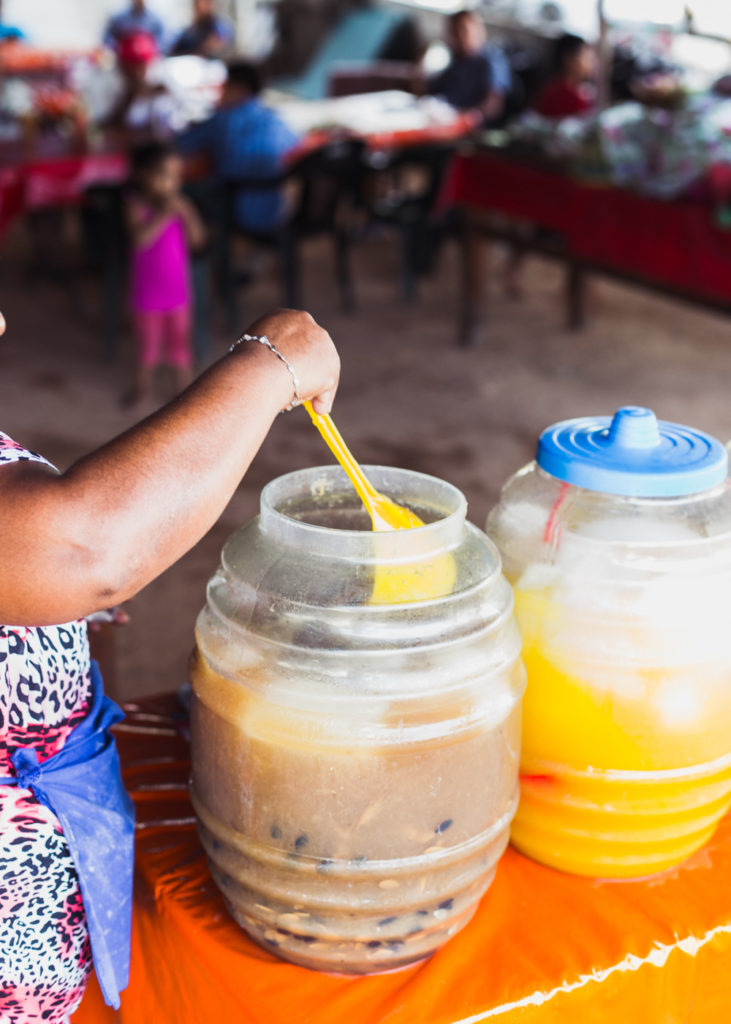
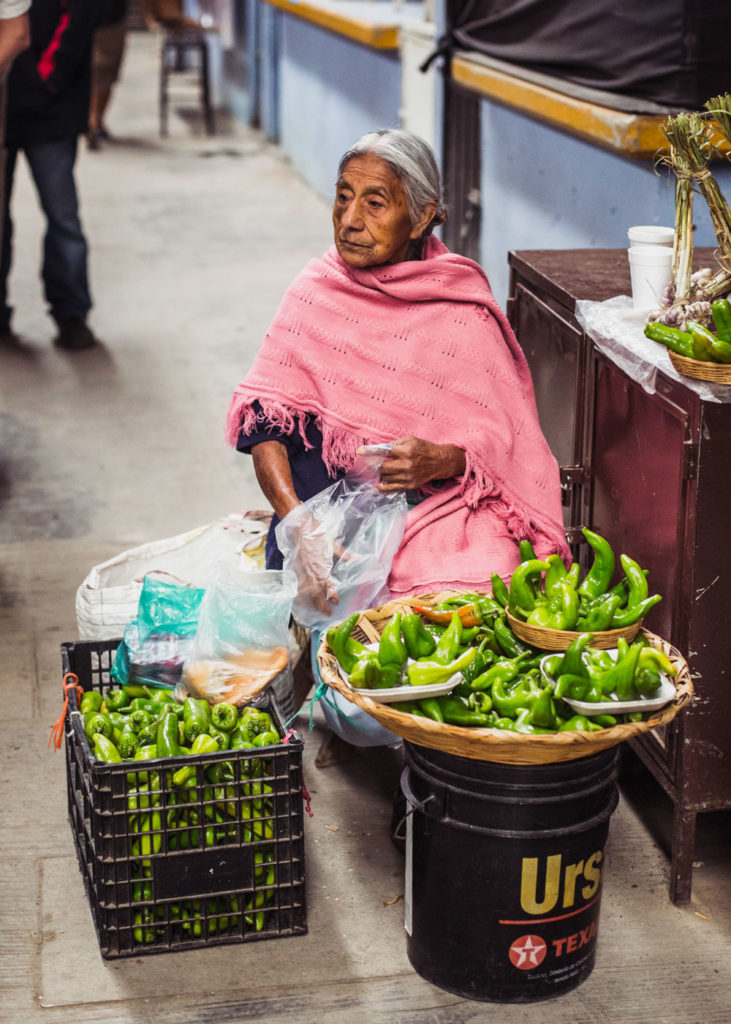
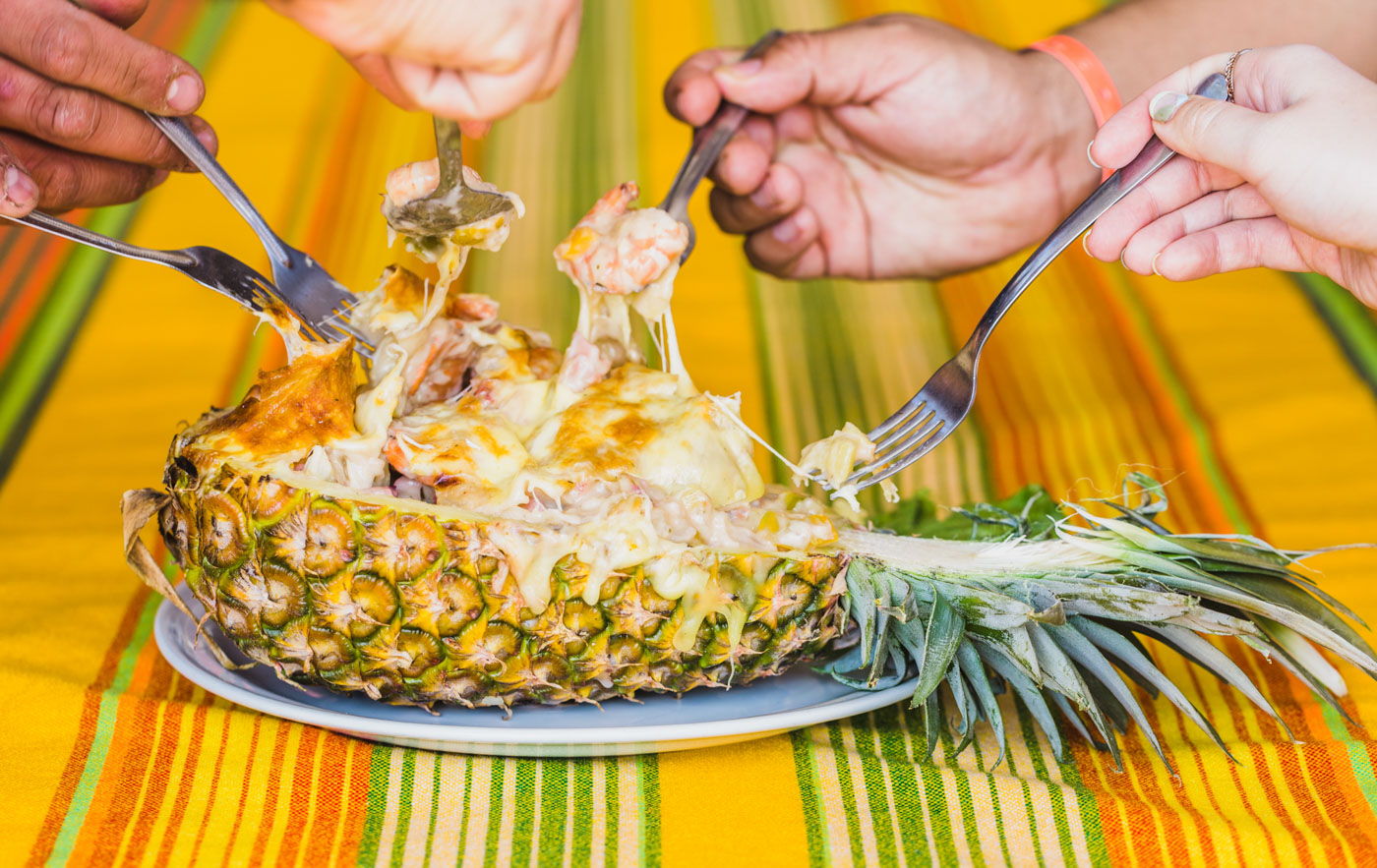
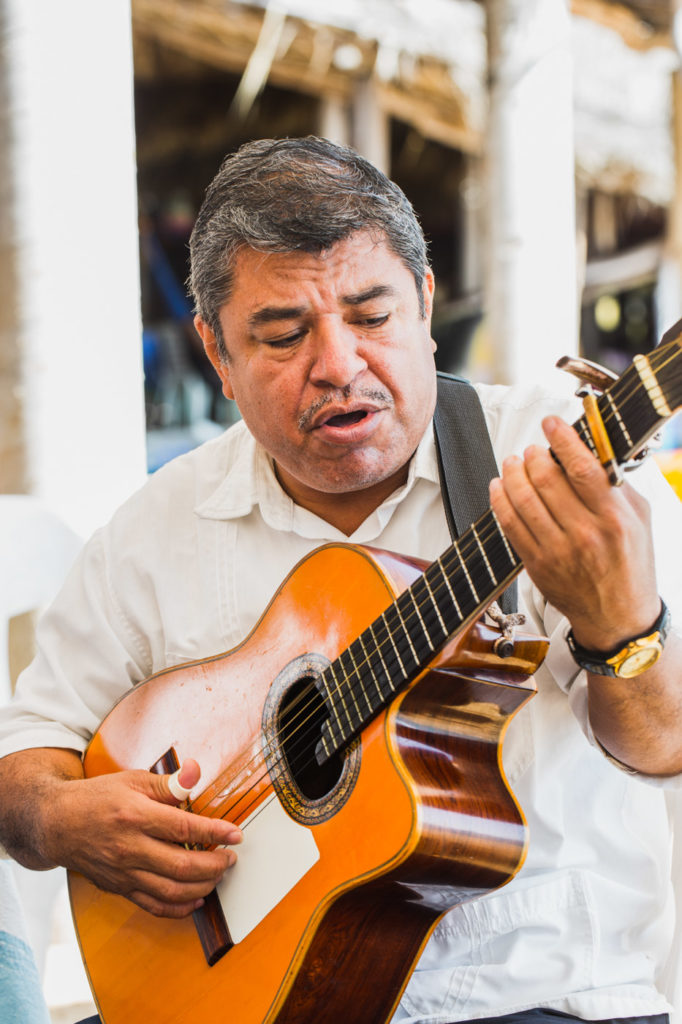

…
The road is lined with tortillerias, fruit stands heavy with hanging bunches of bananas, and signs advertising the phone numbers of mariachi bands. Vasquez is bringing us to meet his restaurant’s namesake. Vasquez points out his soccer field, his elementary school, and the large barred door where his mother used to meet him to drop off lunch. She would ride the bus all the way to the school to deliver elaborate meals of tortas with queso de puerco (pigs head), tacos de barbacoa and orange juice, then ride the bus back home to prepare lunch for his father.
Once parked, we meander through the multi-story house Vasquez is newly building for his family, nearing the end of construction. He shows us many spacious rooms, white and gleaming with all the trappings of modernity. He mentions custom tile, central air conditioning, and a rooftop mezcal bar. He skips touring the aging front property in which he, his parents and siblings previously lived—a complete contrast to our palatial surroundings. “All five of us used to sleep together,” he says. “Two beds. When it used to rain there were leaks.” Though painful and lonely at first, finding success in the States afforded his family a better life. We reach the rooftop—now one of the tallest in the neighborhood—and Vasquez looks out over the valley, a view he never experienced from the one-story house growing up. “My family was very poor,” he says. “A lot of sons don’t have the opportunity to provide for their mother, and I have that pleasure, that accomplishment. She deserves it.”
On cue, Vasquez’s mother, Lucila, walks up to the terrace wearing a loose red dress and carrying a large bowl of pollo enchilado resplendent in avocado leaves. She greets us warmly, brushing her soft butterscotch cheek against each of ours in turn. The electric scents of cinnamon and chili cling to her like static. It’s obvious we are about to be treated to the very best of Madre from the creator herself.
The table is so laden with options, I’m at a loss for where to start. Mercifully, someone lines up tall ceramic mugs of horchata, the Oaxacan version that includes cubes of melon and a drizzle of nieve de tuna (cactus fruit sorbet), and that seems a proper beginning. From there I dive into sopa de guias, a soup of corn, squash blossom, squash vine and masa. Then Vasquez’s personal favorite, the spicy, tangy patitas en vinagre—pickled pigs feet with jalapeños, onions, oregano and apple cider vinegar. Olive and almond-studded mole estofado, tar black and densely flavored mole negro, tostadas with avocado purée, sausages and headcheese, and bocadillos de papa (potato and cheese pancakes) follow.
But there’s more.
Homemade salsas, dried crickets to sprinkle as we wish, and bowls of radishes decorate the tablecloth. On the grill rests a clay pot of frijoles de olla, soon joined by a wide, crispy tlayuda and a large, thin steak. Vasquez’s father smiles over the scene, now four years sober. The atmosphere is celebratory as family and friends arrive to help us feast. Mezcal makes the rounds. Vazquez’s mother drinks a shot and chases it with horchata.
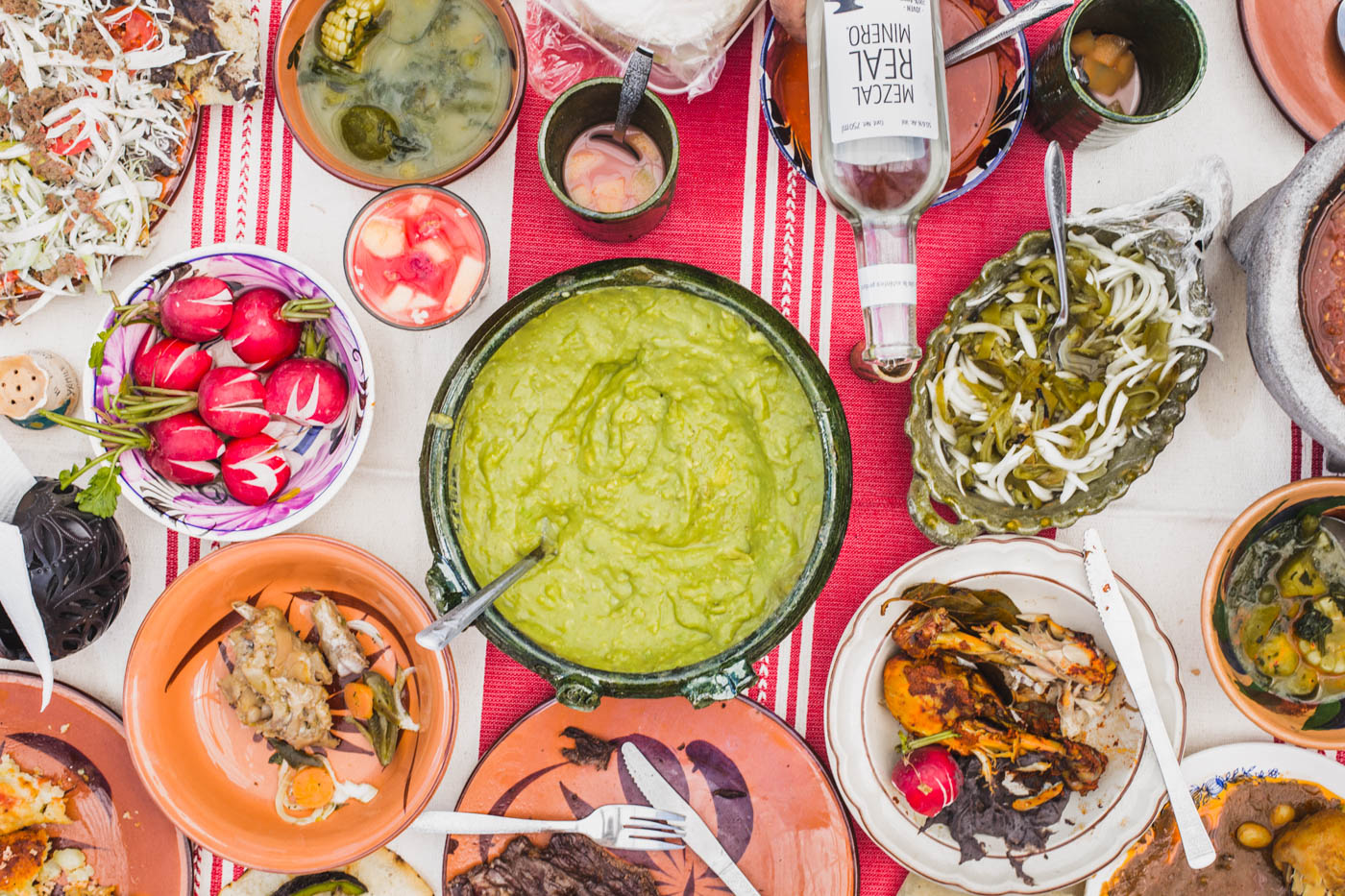
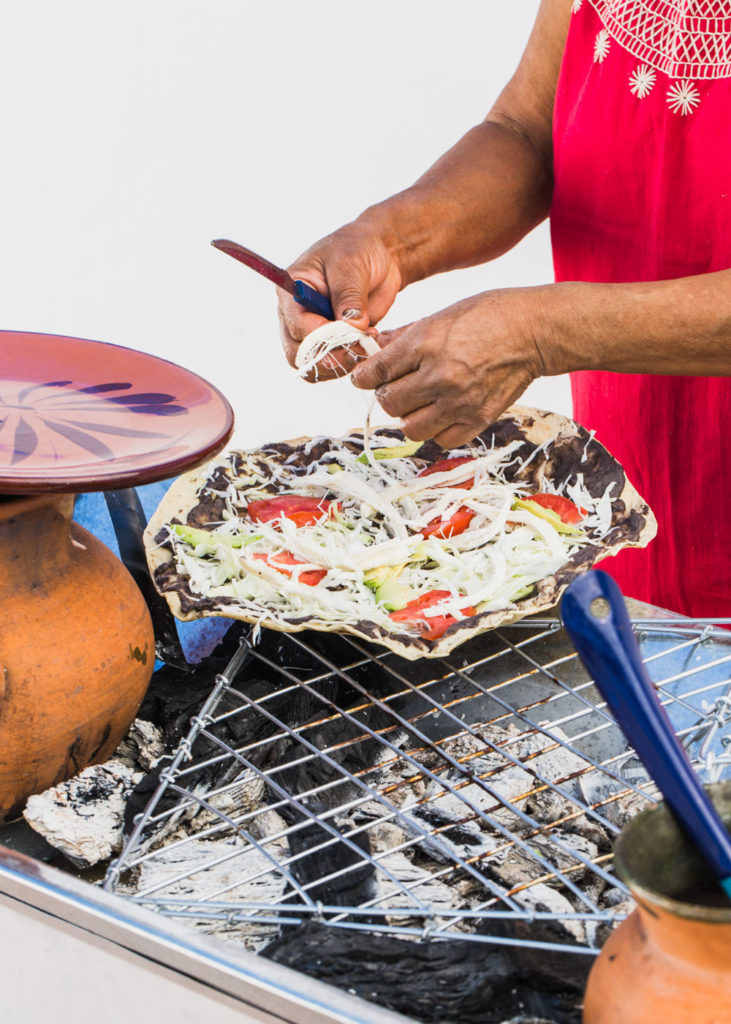
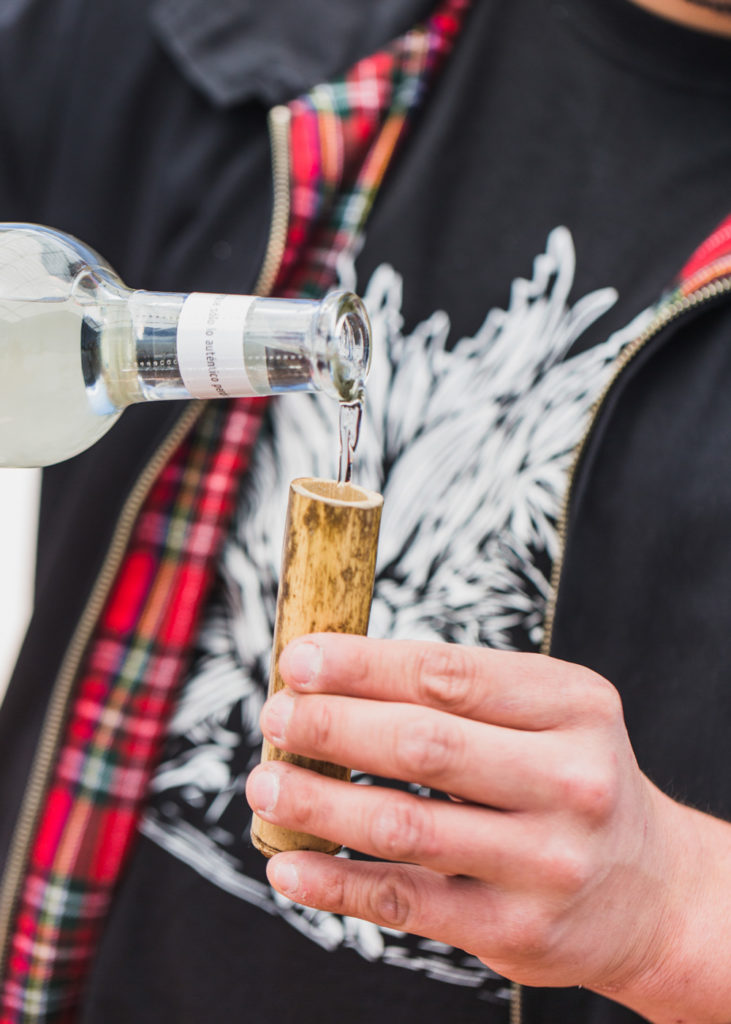
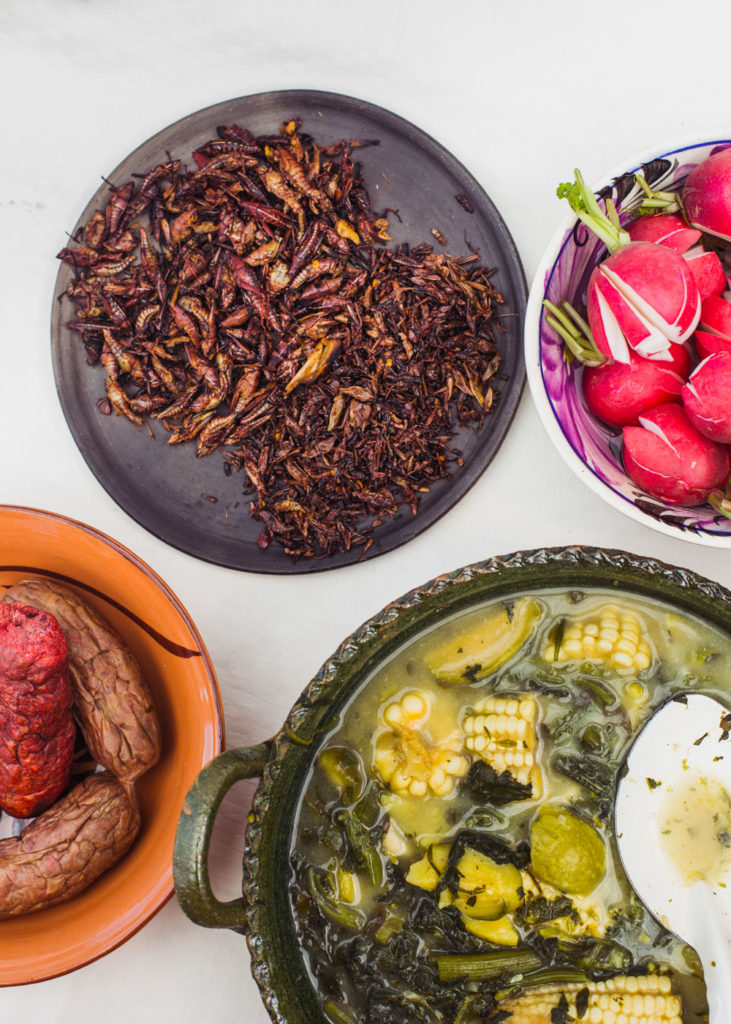

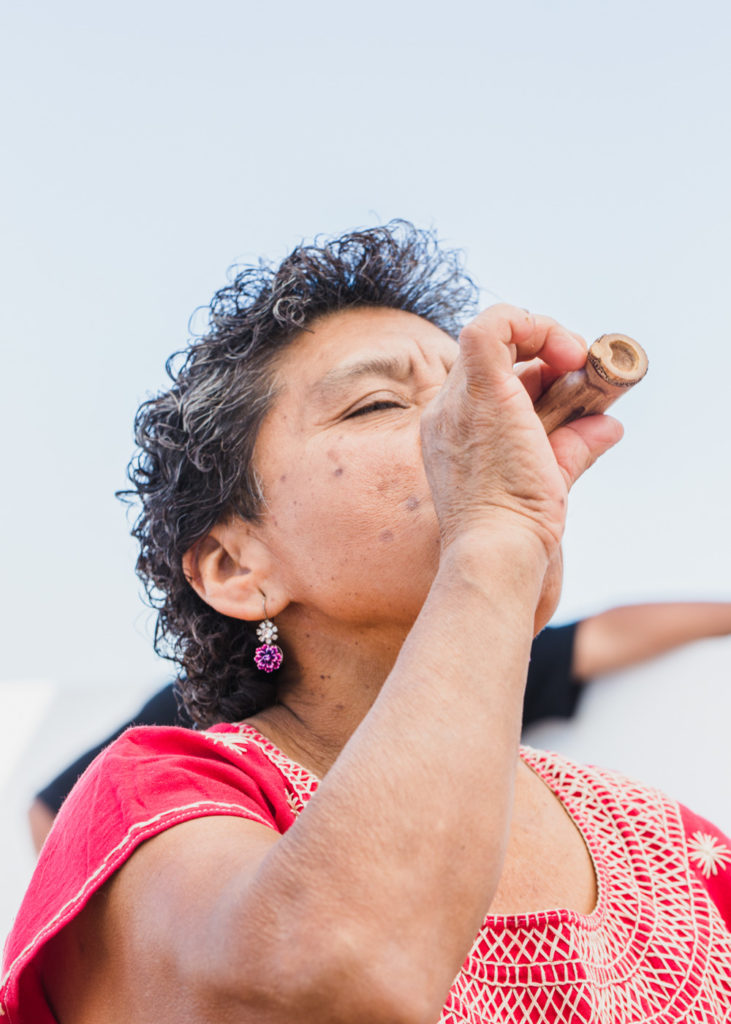
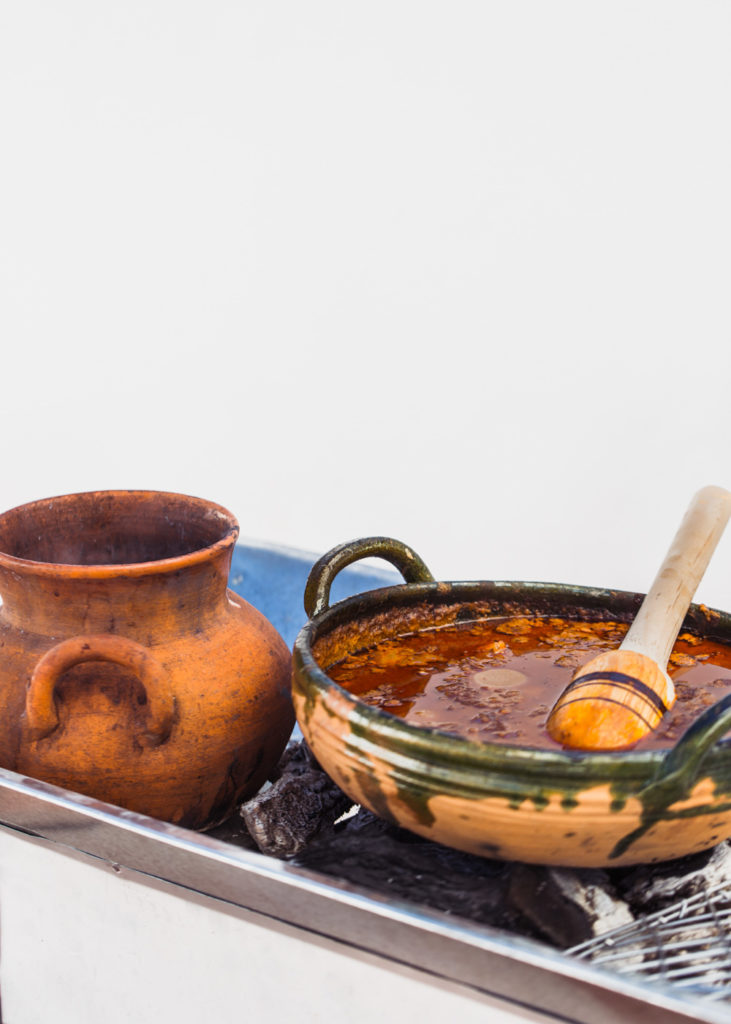
For dessert there’s a slightly smoky rice pudding waiting to be topped with peas cooked in piloncillo. Also dark orange, glowing, syrupy, jocote y miel—quarter-sized regional plum-like fruit cooked in brown sugar and cinnamon—a specialty Vasquez’s mother sells (and sells out of) during Dia de los Muertos.
“My life is represented on these plates,” says Vasquez, admiring the breadth of our meal. An ode to his past, nearly everything spread across the table before us bears a faithful adaptation at his own restaurants. Beyond maintaining a successful business, he feels a personal duty to preserve his Oaxacan heritage through the menu at Madre. “I want to provide every dish that my mom used to serve. Not only for my mom, but for other Oaxacan families. The culture is going to get lost—the tradition, the flavors. I don’t want those recipes forgotten.” In addition to recreating familiar recipes, Vasquez imports difficult-to-find ingredients and traditional clay ceramics and supports Oaxacan mezcaleros by stocking the largest mezcal bar in Los Angeles.
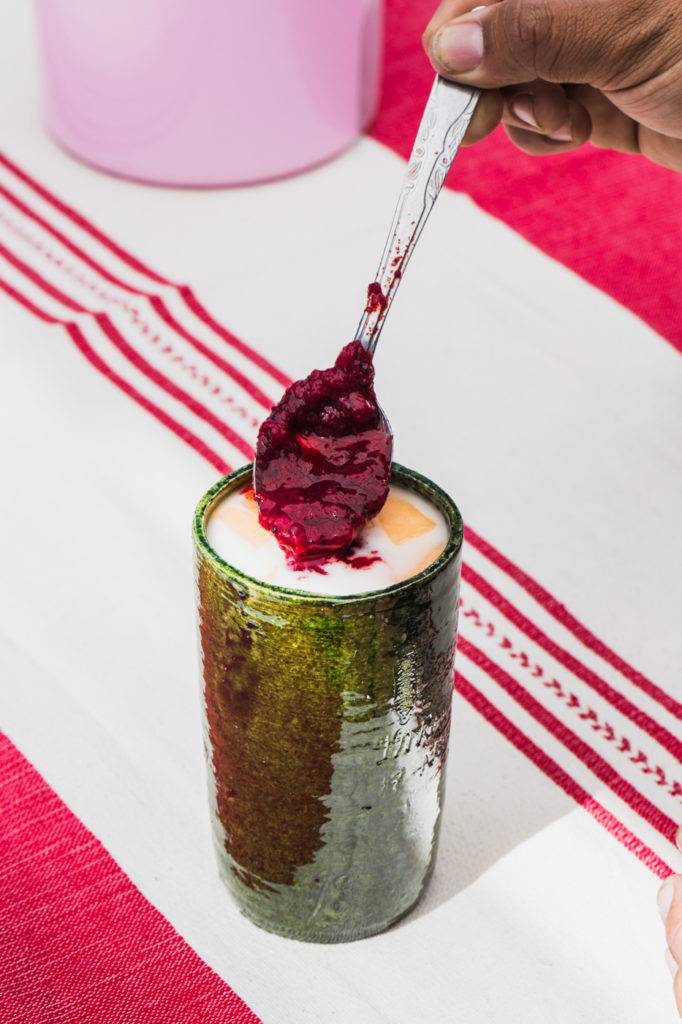
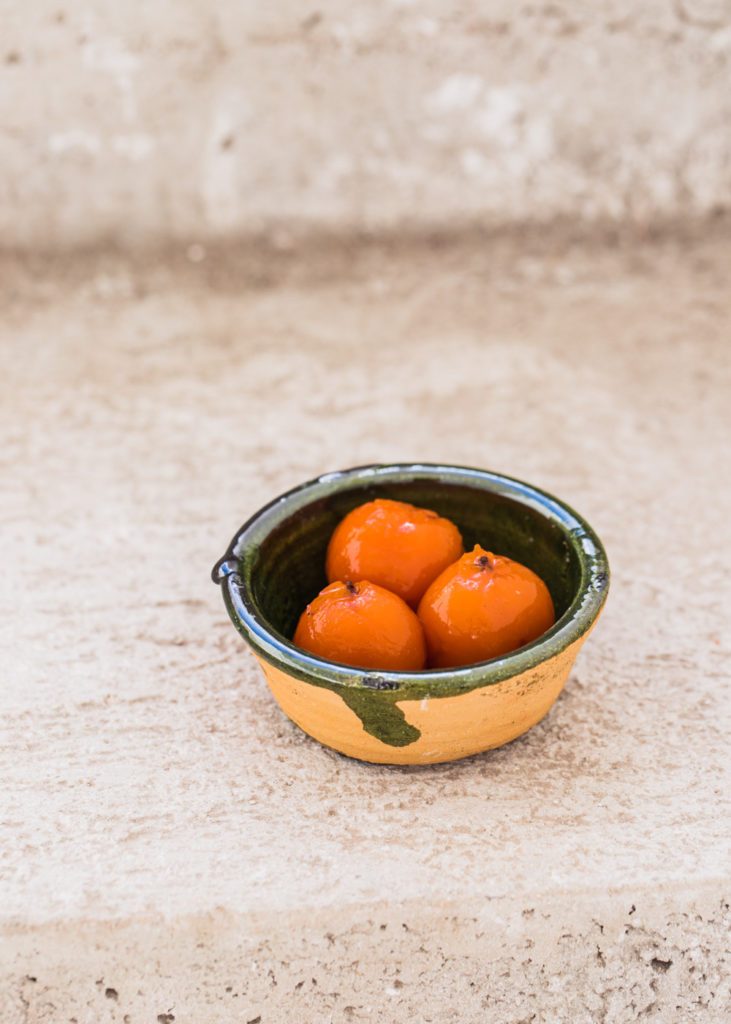
When I ask Lucila how she feels about Vasquez naming his restaurant after her, she buries her face in her hands and begins to cry. “I feel the love that he has for me,” she says. After a couple minutes she sits up, pride behind the tears in her eyes. “He’s working very hard. Hopefully God will bless him with all his dreams and all his goals. For me, I just hope he keeps at it.”

…
There’s a twist to this story. While sitting with Vasquez at Madre back in California he informs me there is a last, revealing piece to his puzzle. His mother Lucila, the woman who cooked for us in Oaxaca City, the woman who inspired the name for Vasquez’s restaurant, whose face is painted larger than life in a mural across Madre’s wall, is not Vasquez’s mother at all. She’s his aunt. Vasquez’s biological mother moved to the United States, leaving him behind in the care of her sister and never returned to claim him. Lucila raised him as her own, and Vasquez sees no need to think of her as anything other than his real mother. “She gave me her last name, she gave me her recipes, her love,” he adds. In return for unconditional care and trust, and her sacrifice, he built Lucila a house, a legacy, and a more stable future.
Through Madre, it’s as if Vasquez has been trying to bridge the connection to his childhood in Oaxaca all along, mending the break in his personal timeline starting with the complex and intimate flavors woven into the recipes from Lucila. Even living in Los Angeles now, as long as he revives her memory on a plate, he’s never far from home.
——
This story was made possible with the support of Ivan Vasquez of Madre! Oaxacan restaurant and mezcaleria who covered lodging and travel.





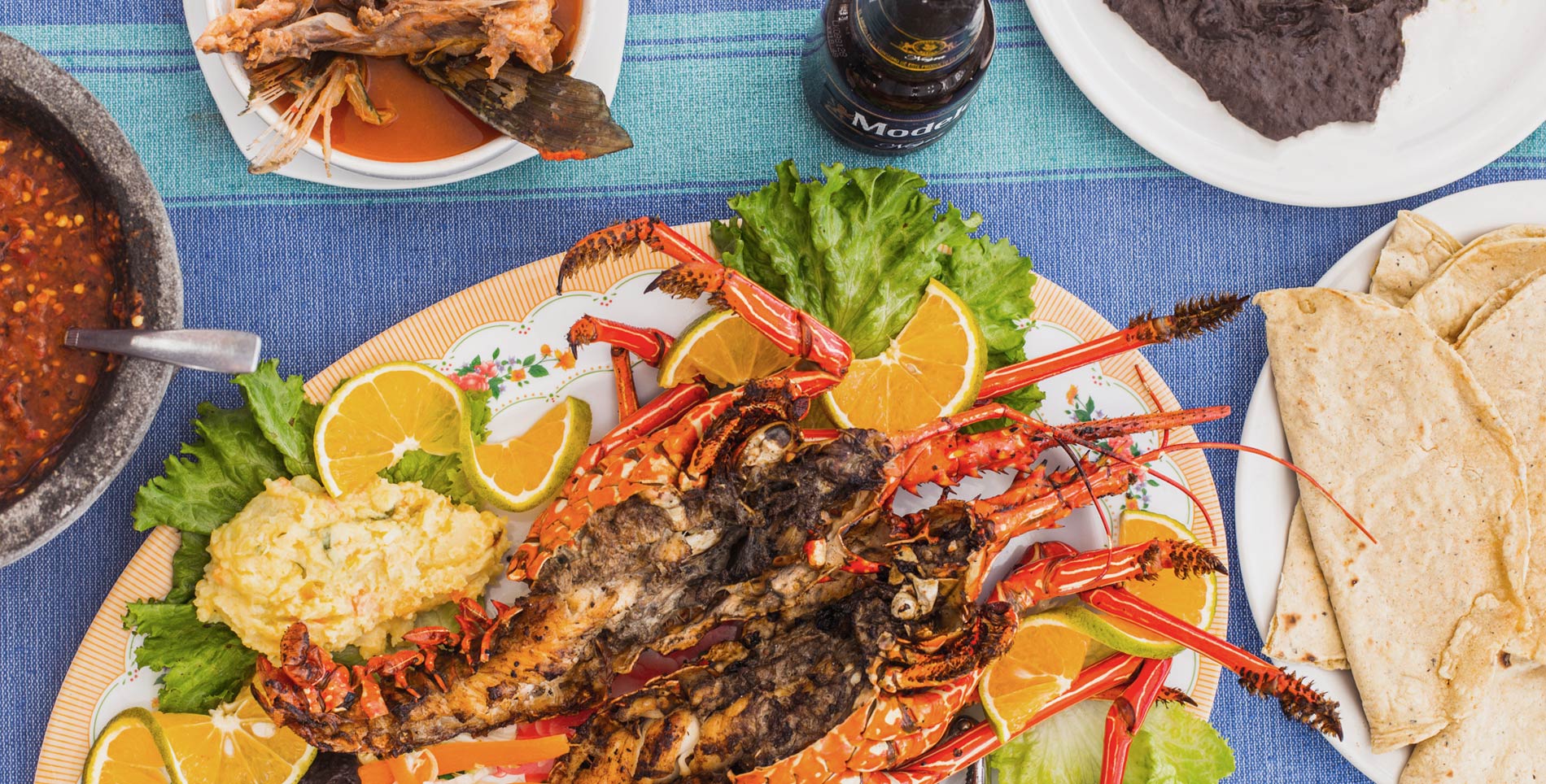

Our comments section is for members only.
Join today to gain exclusive access.